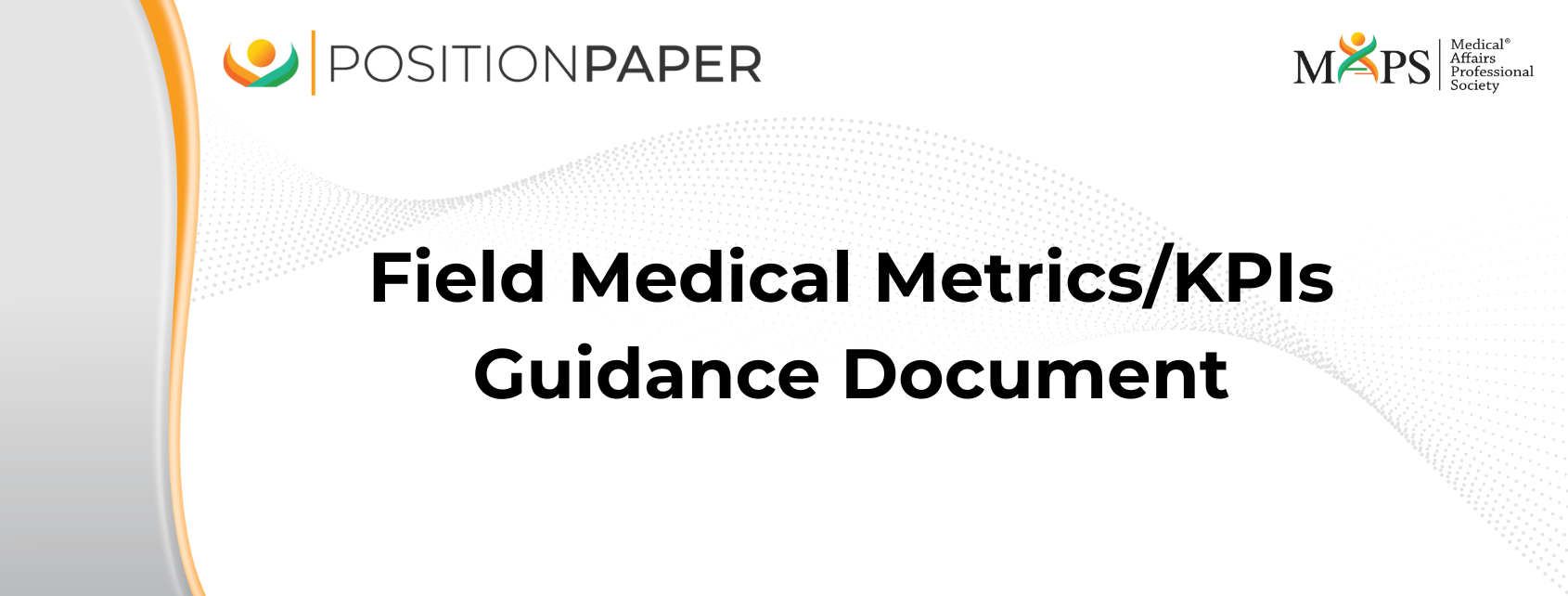Authors

Nancy Ortiz

Deborah Crawford

Irma Kerliu-Saliu

Eleonora Goldberg
Introduction
The primary role of Field Medical is to engage with external stakeholders, including influential thought leaders or key decision-makers to ensure scientific knowledge for the benefit of patients. At the same time, the Field Medical function also listens, gathering insights into the experiences of external stakeholders that can inform the organization’s strategic actions.1 Understanding the impact of Field Medical’s external and internal actions requires measurement in the form of key performance indicators (KPIs) and metrics. However, Field Medical metrics are challenging, as they must track not only the quantitative aspects of how many times an action is performed but also the qualitative aspects of these actions’ impact. When quantitative and qualitative KPIs and metrics are aligned with the organization’s strategic plan, these measurements demonstrate value. Defining and communicating this value is an essential task as Field Medical solidifies its role as a strategic pillar within the organization.



